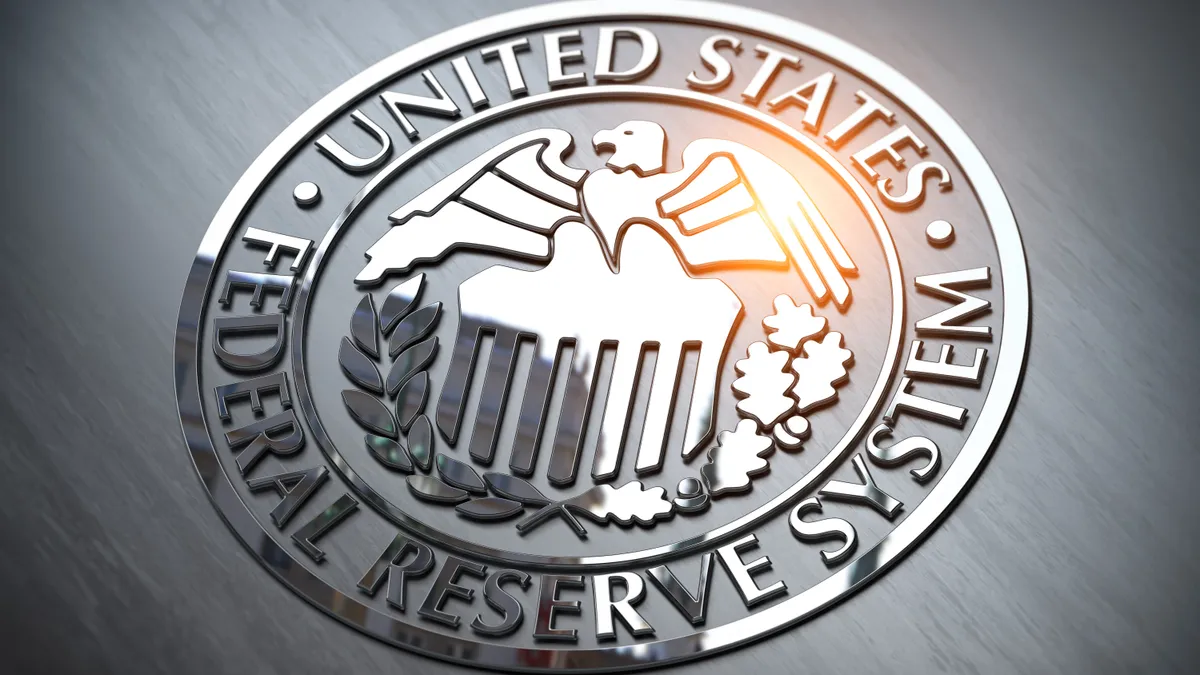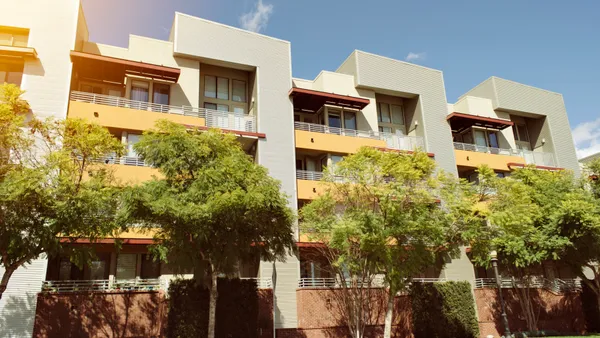Though the Federal Reserve paused monetary tightening last week, Chair Jerome Powell emphasized that officials are still determined to reduce inflation to the central bank’s 2% target during a press conference last week.
The Federal Open Market Committee “is completely unified in the need to get inflation down to 2%, and we’ll do whatever it takes to get it down to 2%,” Powell said. “We understand that allowing inflation to get entrenched in the U.S. economy is the thing that we cannot, cannot allow to happen for the benefit of today’s workers and families and businesses.”
No policymaker anticipates cutting the federal funds rate this year, Powell said, emphasizing that “the process of getting inflation back down to 2% has a long way to go.” The U.S. inflation rate dropped to 4.0% in May from a high of 9.1% last June.
“Not a single person on the committee wrote down a rate cut this year, nor do I think it is at all likely to be appropriate,” he said. “Inflation has not really moved down — it has not so far reacted much to our existing rate hikes, and so we’re going to have to keep that in mind.”
For apartment owners and brokers seeking stability in the market, that was unwelcome news.
Alexander Apfel, managing director and principal with commercial real estate investor Concord Capital Partners in Beverly Hills, California, thinks Powell’s “hawkish rhetoric” provides some insight into what the market can expect in the next year or two.
“Market expectations have centered around the hope that the Fed would quickly cut rates once [rates] reach their peak, a tactic that would boost transaction activity and buoy owners who are currently underwater,” Apfel said. “However, Chairman Powell clearly stated that the Fed would likely only start cutting rates a ‘couple of years out,’ leading us to believe that the cap rate expansion that we’ve experienced over the last 12 months may, like inflation, be here to stay.”
Although Bobby Lee, CEO of Los Angeles–based apartment owner JRK Holdings, said the pause could allow cap rates to catch up with interest rates, he doesn’t think it will reverse issues like upward pressure on cap rates and lack of options for floating rate borrowers.
“Many market participants are hoping for rate cuts [and a subsequent 10-year Treasury decline], which I am not sure will come anytime soon,” Lee said.
Even if short-term interest rates hold, Lee thinks owners are potentially facing 140 basis points of higher Treasury rates just to see a flat yield curve. “Unless we see a quick cutting of the Fed funds rate soon, I believe that we will see financial distress among many multifamily borrowers who simply didn’t finance their assets responsibly,” he said.
John F. Rodiles, national sales manager of Costa Mesa, California–based investment advisory firm The Mogharebi Group, also sees the 10-year Treasury as a major indicator.
“The 10-year Treasury is more of a concern, currently at 3.79% while the 1-year sits at 5.25%,” Rodiles said. “The 10-year Treasury is more likely to increase significantly — over 100 basis points. This will affect loans and sales dramatically more than the Fed's funds rate.”
CFO Dive Senior Reporter Jim Tyson contributed to this report.
Click here to sign up to receive multifamily and apartment news like this article in your inbox every weekday.











